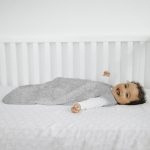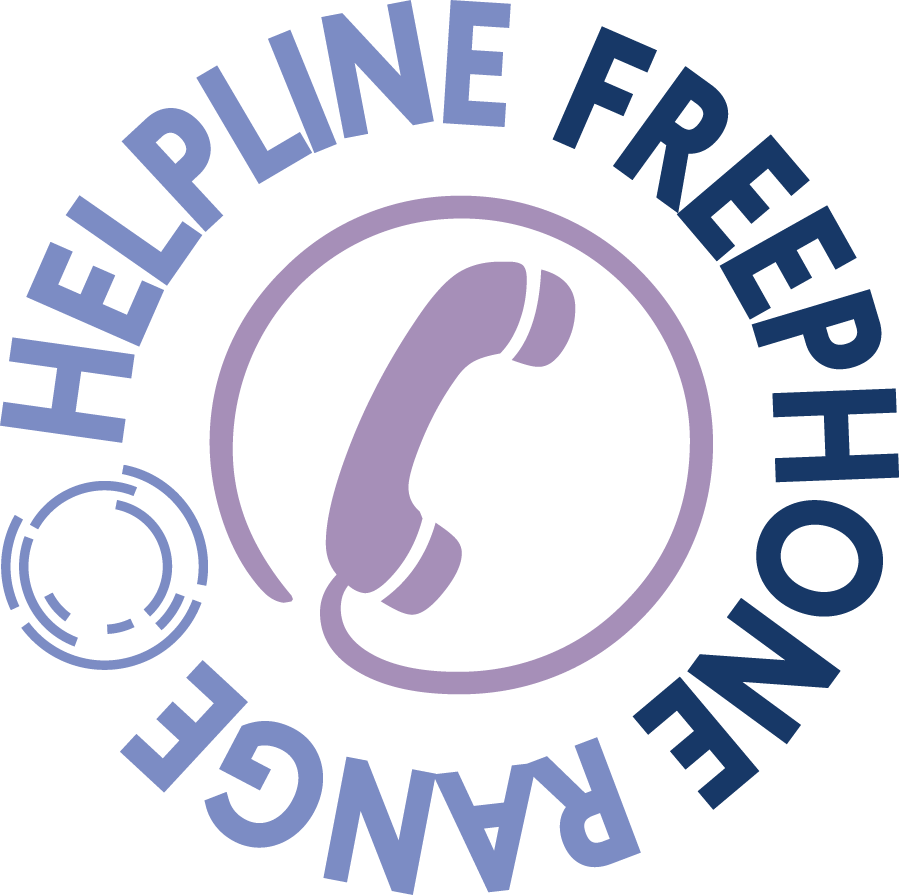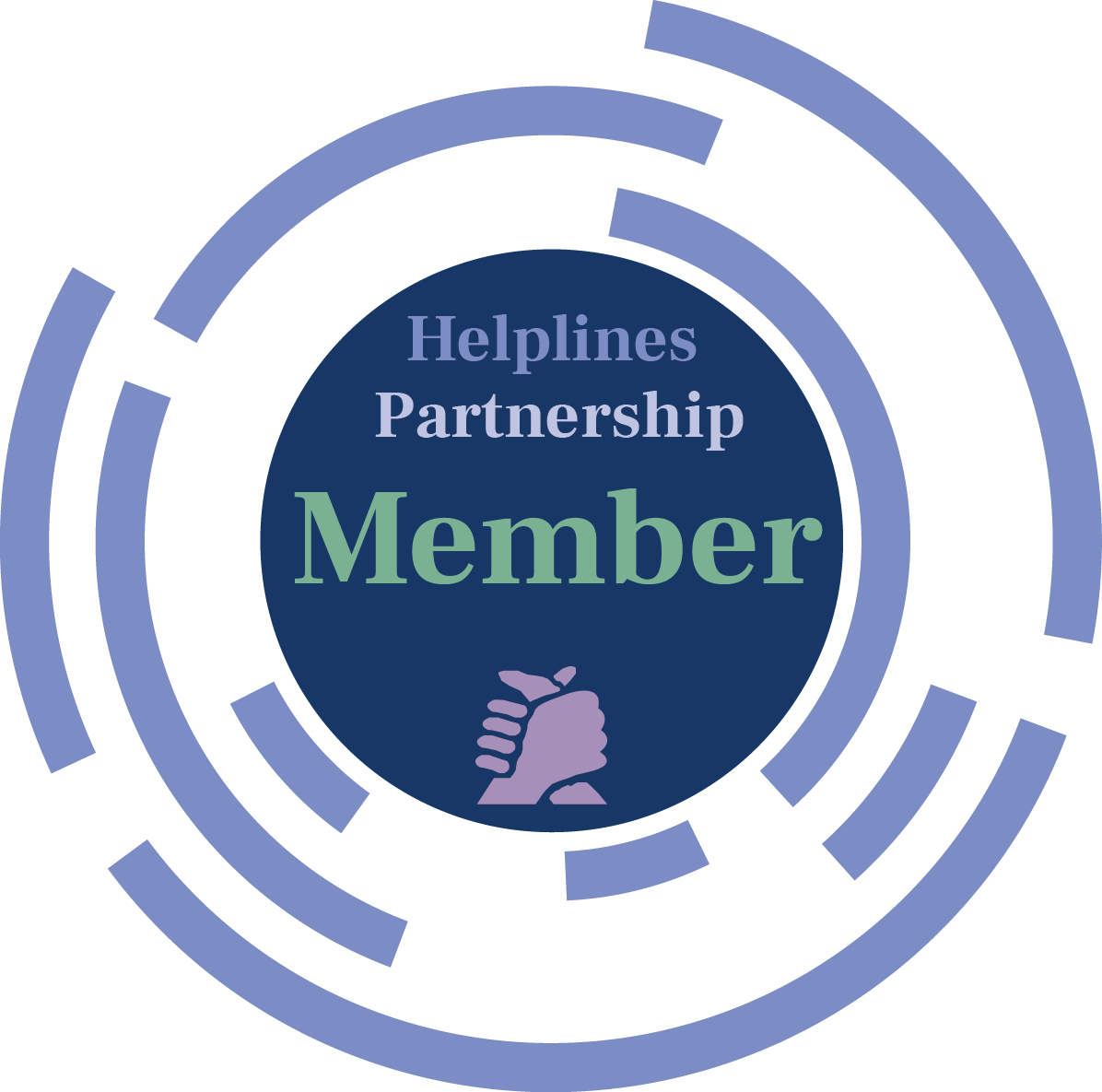How to choose the right mattress and bedding for a baby
With so many products on the market, it can be tricky to work out which mattress and bedding to buy for a baby. However, some products are definitely safer than others so think carefully before making your choice.
Where should my baby sleep?
The safest place for a baby to sleep is in their own clear, flat, separate sleep space, such as a cot or Moses basket.
Babies should always be in the same room as you for the first six months for sleep, day and night.
Keep reading for the key information you’ll need to help you choose a mattress and bedding for your baby.
Mattress and bedding for a baby: what to look for
Use a firm, flat, waterproof mattress in good condition
You should use a firm and flat mattress that is protected by a waterproof cover. This will help keep the mattress clean and dry, as the cover can be wiped down.
Make sure your baby’s mattress is in good condition and that it fits the Moses basket or cot properly.
Do not use a sheepskin in a cot or Moses basket or other sleep space. It is important that baby’s sleep space is firm, flat and has a waterproof cover. Adding a sheepskin can reduce firmness and risk overheating.
Avoid using soft or bulky bedding
Firmly tuck in sheets and blankets (not above shoulder height). Sleep your baby in the feet-to-foot position (feet at the bottom of the cot so they can’t wriggle down under the blankets). If your baby needs an extra blanket make sure it is lightweight.
Alternatively, you could choose to use a well-fitted baby sleep bag. Most sleep bag manufacturers will recommend a sleep bag is used when baby is a certain weight (usually around 4kg or 8.8lb) rather than age, so make sure to check the product guidance before using it.
Be sure to remove any soft toys from the cot before each sleep period.
Specific types of bedding to avoid:
- Weighted swaddles
- Weighted blankets
- Weighted sleeping bags
- Quilts
- Pillows
- Duvets
- Sheepskin
Soft or bulky bedding is not recommended for babies under 1 year due to the risk of overheating and head covering.
Product guide: choosing a mattress and bedding for your baby
Pillows can increase the risk of SIDS
Pillow use alone has been shown to increase the chance of SIDS occurring by up to 2.5 times. It is much safer to sleep your baby in a clear, flat, separate sleep space.
Plagiocephaly (‘flat head syndrome’)
If you were thinking of using a pillow with your baby due to concerns around plagiocephaly (‘flat head syndrome’), there are techniques you can use instead which will not increase the risk of SIDS.
For example, we advise that babies have plenty of supervised tummy time in their waking hours to minimise time spent on their back. You should also avoid letting babies sleep in harder contained sleep environments such as car seats and other travel systems.
We understand that plagiocephaly usually corrects itself within a year, but if you feel it is severe you may want to speak to your health professional or seek corrective treatment.
Our advice for using a second-hand mattress
There is some research that found an increased chance of SIDS when using a second-hand mattress brought in from outside of the family home, although the link is not yet proven.
Generally we would advise it is safest to have a new mattress for each baby. However, we know this is not always possible.
To help reduce the risk, we’ve put a checklist together for you.
The second-hand mattress should:
- Have been completely protected by a waterproof cover when in use before
- Have no rips or tears
- Be in good condition
- Still be firm and flat
Tap here for more advice on buying and using second-hand products.
Remove cot bumpers
Cot bumpers can post the risk of an accident to your baby once they begin to roll and move about the cot. There have been a number of cases in the UK and abroad where infants have become entangled in the ties and material, or fallen from pulling themselves up on the bumpers.
A simple mattress with no loose bedding or bumpers is the safest sleeping place for a baby.
Choosing a mattress and bedding for a baby: FAQs
Our room is very small and we can only squeeze in a travel cot. Is this safe?
Click here to open this question
The same ‘safer sleep’ rules apply to a travel cot. It should have a rigid frame and base, and a firm, flat mattress that is covered in a waterproof material.
Travel cot mattresses are often thinner and feel harder than those in a permanent cot, but don’t be tempted to place folded blankets or a quilt under the baby to make them ‘more comfortable’. They will be fine (and safer) without.
If you are very tight for space, you may have to consider re-arranging the furniture in the room because a baby’s cot should always be positioned away from:
- Radiators
- Direct sunlight
- Blind Cords
- Any other hazards
Can I put my twin babies in the same cot to sleep?
Click here to open this question
The Lullaby Trust has no evidence that putting twins in the same cot in the early months places them at greater risk of sudden infant death.
However, there are some things you can do to increase safety:
- Never put twins together in a Moses basket or small cot. They may overheat in a restricted space.
- If you choose to sleep them side by side in one cot, only do this in the early weeks when there is no danger of them rolling towards or over each other.
- It is also an option, right from the start, to place them at opposite ends of the cot. This allows both twins to be in the ‘feet to foot’ position, and have their own firmly tucked in bedding or baby sleeping bag.
- Do not use rolled towels, foam wedges or other objects between their heads.
By the time twins are big enough to roll over, they should be moved into their own separate cots. All the safer sleep advice applicable to single babies should be followed whether the babies are in the cot together or not.
Do you recommend baby hammocks?
Click here to open this question
No we do not recommend hammocks. The safest place for a baby to sleep is on a clear, flat, separate sleep space. Please read our product guide on how to choose the safest mattress and bedding for your baby.


